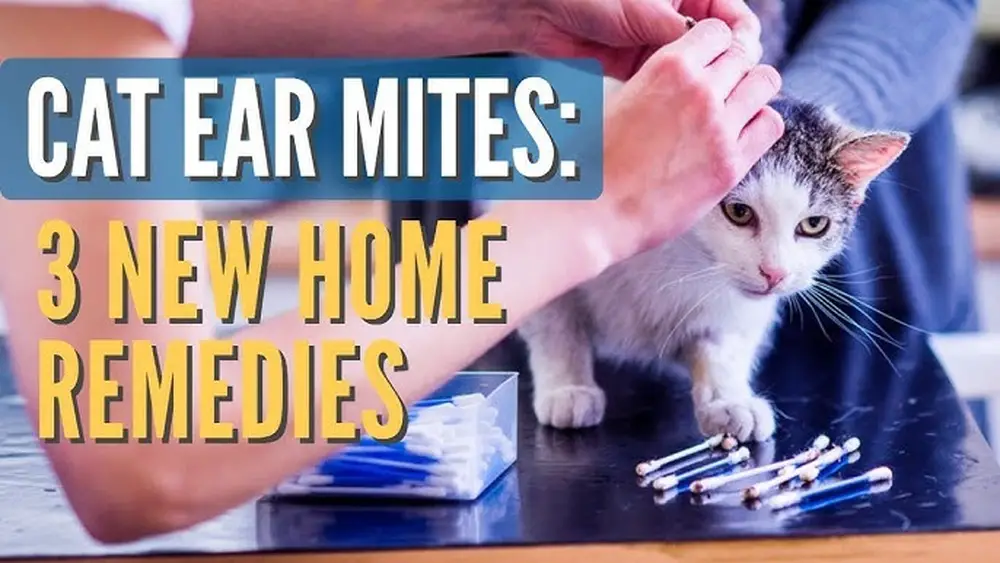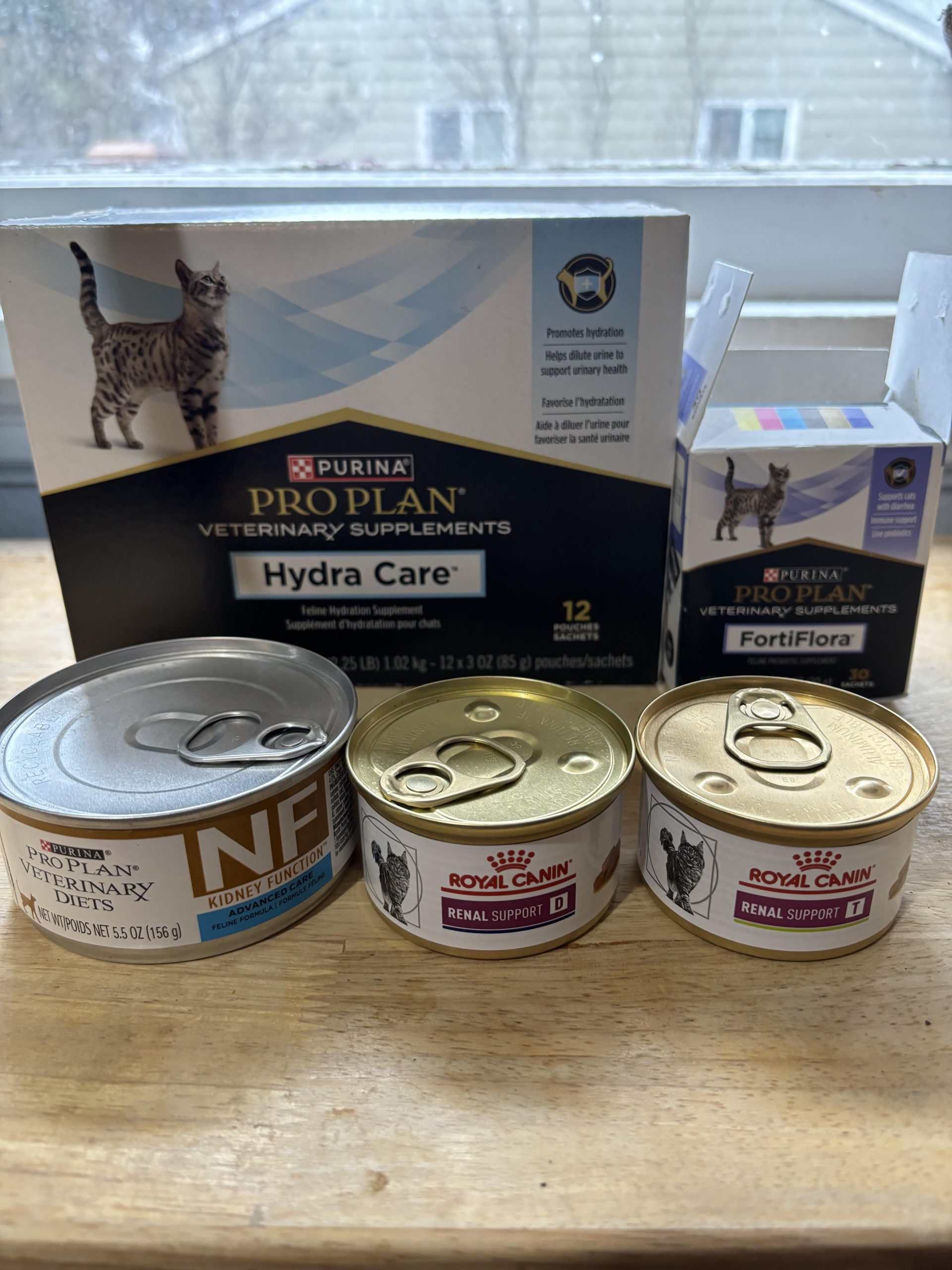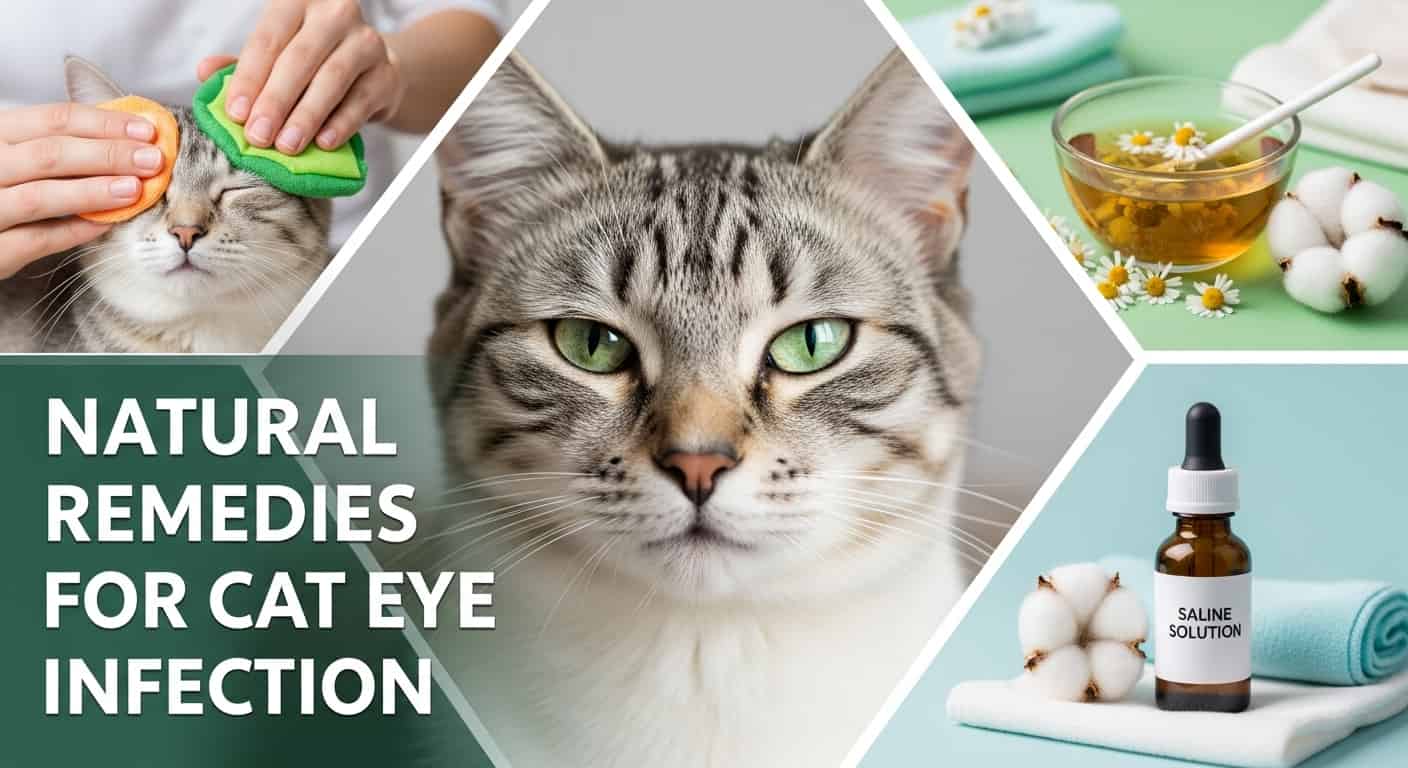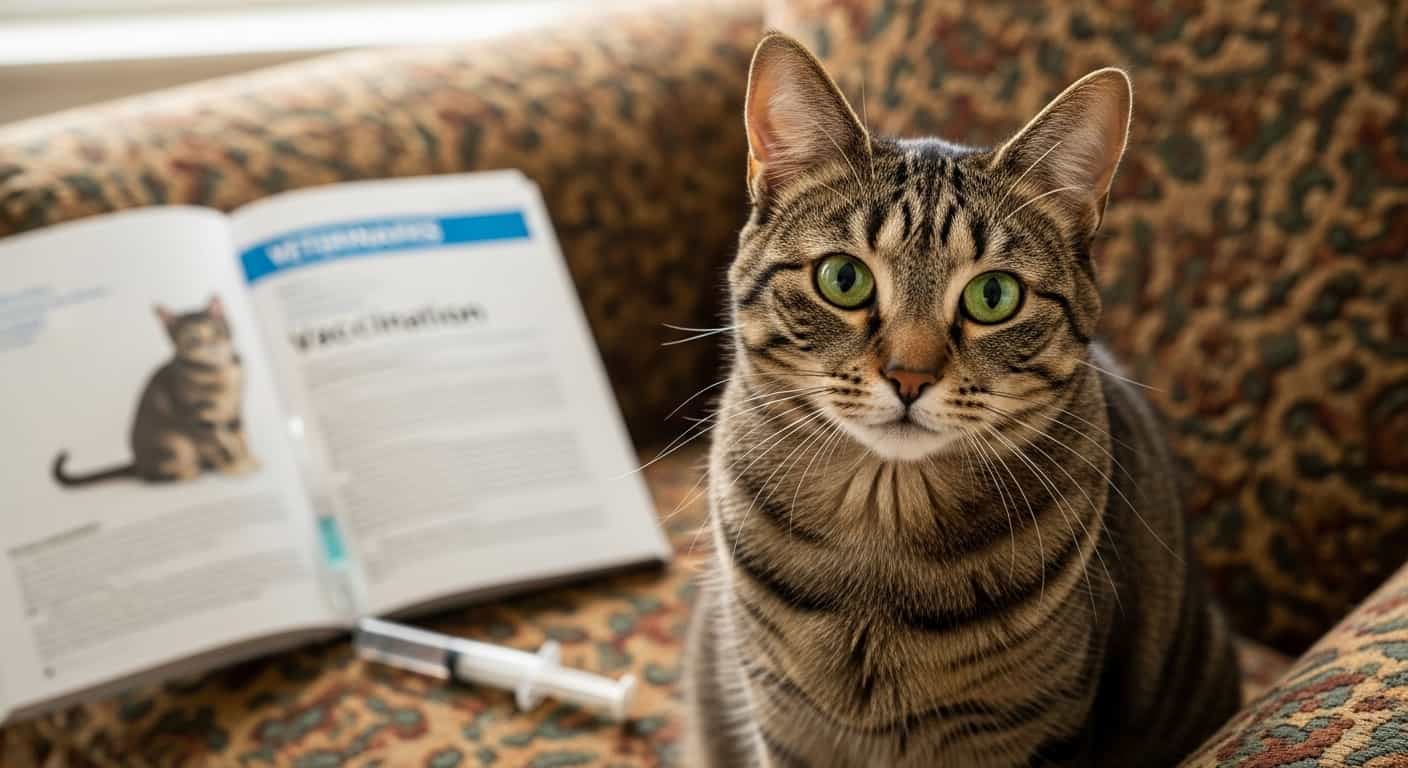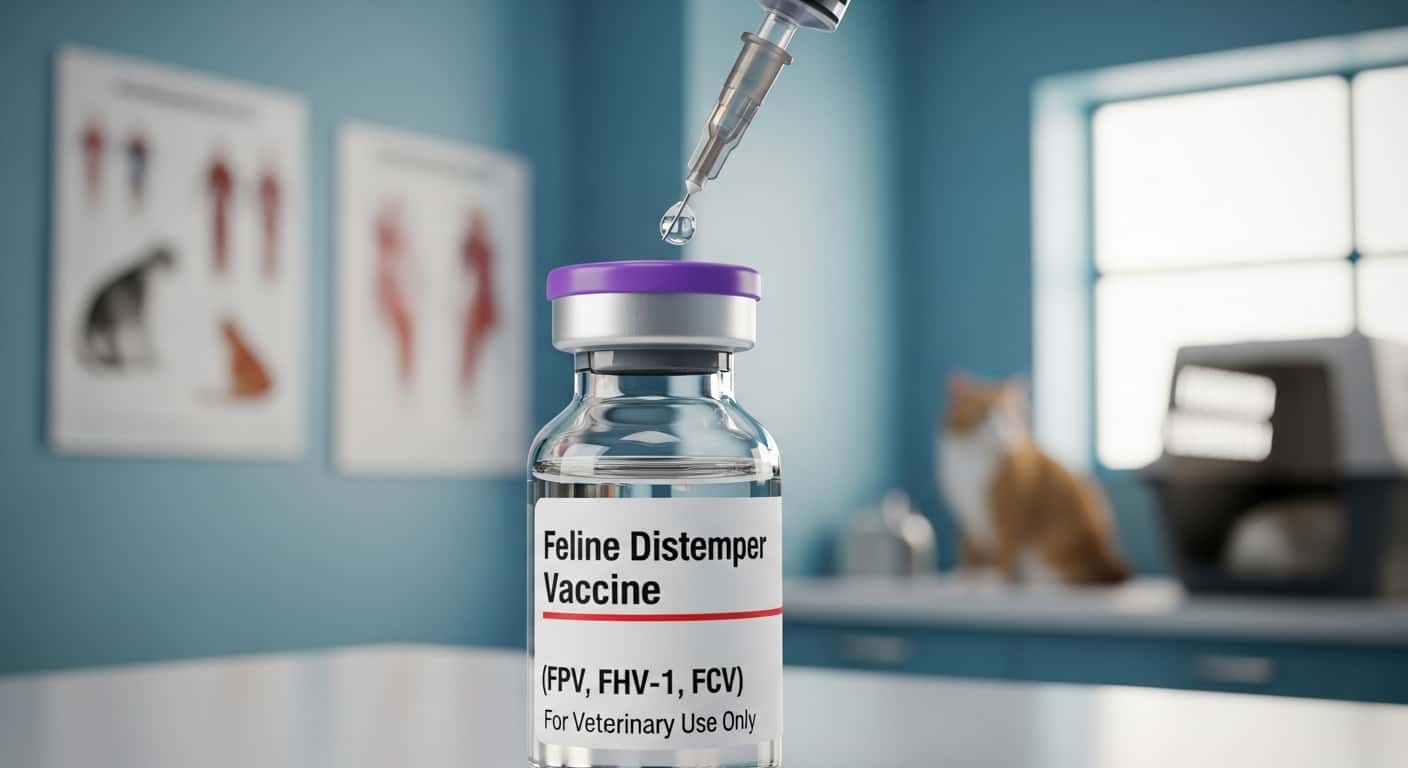Are you worried about your cat constantly scratching its ears or shaking its head? Ear mites could be the hidden cause behind your pet’s discomfort.
Table of Contents
ToggleThese tiny pests can cause itching, redness, and even infections if left untreated. The good news is, you don’t always need expensive vet visits to help your furry friend. You’ll discover simple and effective home remedies for cat ear mites that you can try safely at home.
Keep reading to learn how to bring relief to your cat quickly and naturally.

Credit: www.youtube.com
Symptoms Of Ear Mites In Cats
Ear mites are tiny parasites that live in a cat’s ears. They cause discomfort and irritation. Cats cannot tell us when they feel itchy or in pain. Recognizing symptoms early helps protect your cat from serious ear problems. Watching your cat closely can reveal signs of ear mites. These signs show in behavior and physical changes.
Common Signs To Watch For
Frequent scratching of the ears is a clear sign. Your cat may shake its head often. A dark, crumbly substance might appear inside the ears. This looks like coffee grounds and is a sign of mites. The ears may also have a bad smell. These signs suggest your cat needs help.
Behavioral Changes
Your cat may seem restless or irritable. It might hide more than usual. Scratching and shaking can cause discomfort and stress. Some cats stop grooming themselves properly. Loss of appetite can also occur. These changes show your cat is not feeling well.
Physical Symptoms
The ears may look red and swollen. Hair around the ears might fall out. Scabs or sores can develop from scratching. Your cat might tilt its head to one side. In severe cases, ear infections may occur. These symptoms need attention to avoid further damage.

Credit: www.interiorsbe.com
Causes And Transmission
Ear mites are tiny parasites that live in a cat’s ear canal. They cause itching, irritation, and infection. Understanding how ear mites spread helps prevent and treat these pests effectively. Knowing the causes and transmission is key to protecting your cat’s health.
Here's a related post that you might find useful. Rabies Shot in Cats Side Effects: What Every Pet Owner Must Know
How Ear Mites Spread
Ear mites spread mainly through direct contact between cats. They move easily from one ear to another. Cats living close together, like in shelters, often share ear mites. The mites can also spread through bedding, grooming tools, or toys. These parasites survive outside the ear for a short time. This allows them to infect other cats nearby.
Risk Factors In Cats
Young kittens have a higher risk of ear mite infection. Their immune systems are weaker than adult cats. Cats that spend time outdoors face more exposure to mites. Stray and feral cats often carry ear mites. Poor hygiene and crowded living conditions increase risk. Cats with other health problems may get worse infections. Regular ear checks reduce the risk of long-term issues.
Safe Home Remedies
Dealing with cat ear mites can be stressful. Safe home remedies offer gentle ways to ease your cat’s discomfort. These methods help clean ears and reduce mites without harsh chemicals. Always handle your cat with care and watch for any signs of irritation.
Olive Oil Treatments
Olive oil soothes irritated skin and can smother ear mites. Warm a small amount of olive oil to body temperature. Use a dropper to place a few drops in your cat’s ear. Gently massage the base of the ear to spread the oil. Wipe away excess oil and debris with a soft cloth. Repeat this treatment daily for a week.
Apple Cider Vinegar Uses
Apple cider vinegar helps restore ear pH and fights infections. Mix equal parts of apple cider vinegar and water. Use a cotton ball to apply the solution to the ear’s outer part. Avoid putting liquid deep inside the ear canal. This method reduces itching and discourages mites. Use it once every other day until symptoms improve.
Aloe Vera Applications
Aloe vera calms inflammation and promotes healing in cat ears. Choose pure aloe vera gel without additives. Apply a small amount to the affected ear skin. This soothes redness and reduces itchiness. Aloe vera also helps repair damaged skin. Apply twice daily for the best results.
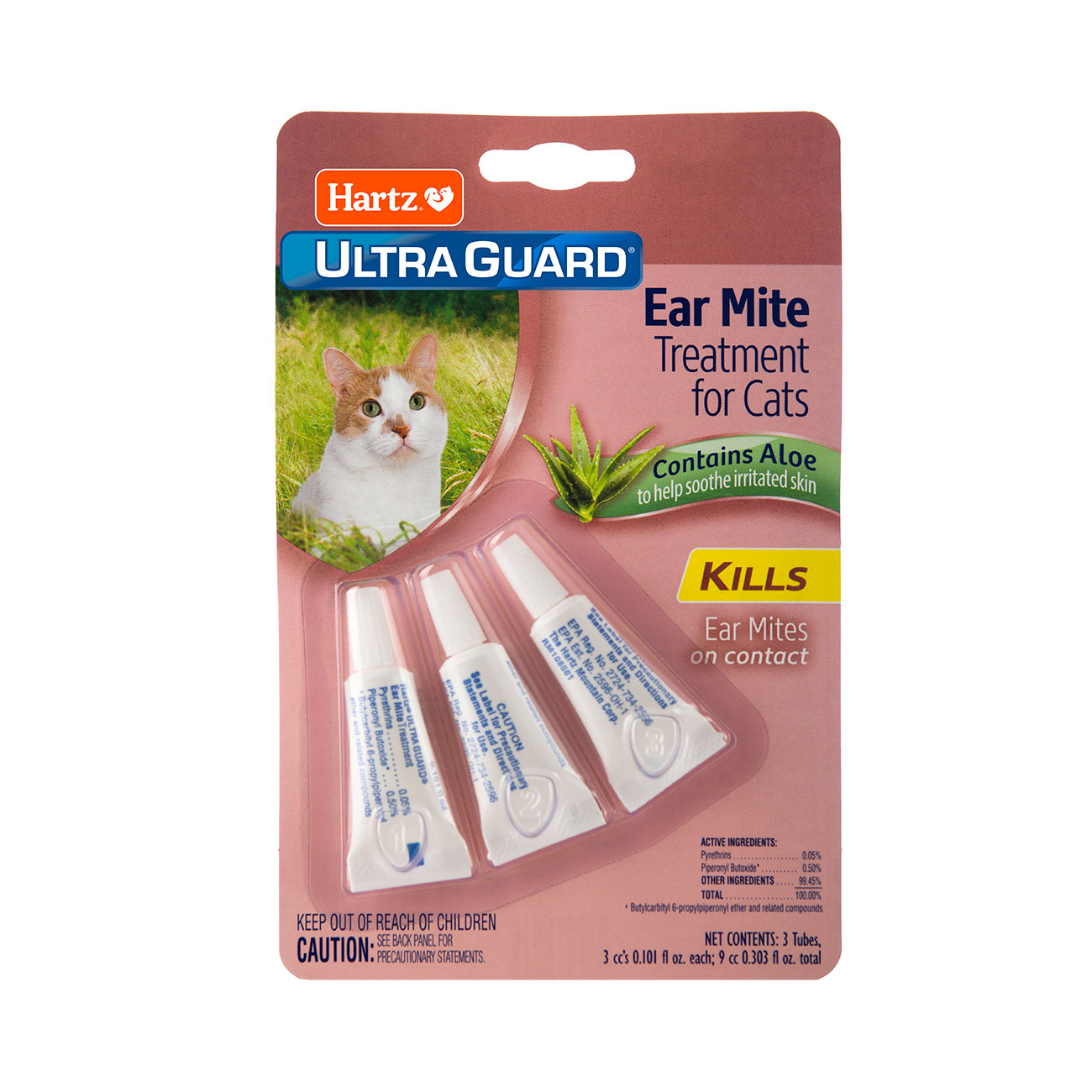
Credit: www.hartz.com
Here's a related post that you might find useful. Best Insulation for Outdoor Cat House: Ultimate Warmth Guide
Step-by-step Treatment Process
Dealing with cat ear mites requires a clear and gentle approach. A step-by-step treatment process helps ensure your cat stays calm and the mites are removed effectively. Follow these simple steps to treat your cat safely at home.
Preparing Your Cat
Find a quiet place where your cat feels safe. Gently hold your cat on your lap or a soft surface. Use a towel to wrap your cat if it struggles. This keeps your cat still and prevents scratches. Talk softly to calm your pet.
Applying Remedies Safely
Choose a natural remedy recommended by your vet. Use a dropper or cotton ball to apply the treatment. Avoid putting anything deep inside the ear canal. Apply the remedy to the visible parts of the ear only. Be gentle and slow to avoid stress.
Cleaning The Ears
Use a soft cloth or cotton ball slightly dampened with warm water. Wipe the outer ear to remove dirt and mites. Never use cotton swabs inside the ear canal. Clean the ears twice a day until mites disappear. Always reward your cat after cleaning.
Precautions And When To See A Vet
Dealing with cat ear mites at home requires care and caution. Using the right remedies can help your cat feel better. Yet, some situations need professional help to avoid risks. Knowing the right steps to take protects your cat’s health and comfort.
Avoiding Harmful Practices
Never use harsh chemicals or human medicines on your cat. Many products can hurt their sensitive skin and ears. Avoid cotton swabs deep inside the ear; this can cause damage. Use only vet-approved treatments or gentle home remedies. Clean your cat’s ears softly with a damp cloth or vet-recommended wipes. Watch your cat closely after treatment for any signs of discomfort.
Signs That Need Medical Attention
Look for persistent scratching or shaking of the head. If your cat’s ear looks red, swollen, or has a bad smell, see a vet. Notice if your cat loses balance or seems in pain. Continuous discharge or bleeding from the ear also needs urgent care. These signs may show an infection or a serious problem. Early vet visits help stop complications and speed recovery.
Preventing Future Infestations
Preventing future infestations of ear mites in cats is important for their health. Ear mites cause itching and discomfort. Keeping them away helps your cat stay happy and healthy. Simple steps can reduce the chance of mites coming back.
Maintaining Ear Hygiene
Clean your cat’s ears regularly. Use a soft cloth or cotton ball. Avoid cotton swabs that can hurt the ear. Check for dirt, wax, or redness. Clean ears are less likely to attract mites. Use gentle ear cleaners made for cats. Follow instructions carefully to avoid irritation.
Regular Checkups
Take your cat to the vet often. Early detection stops mites from spreading. The vet can spot signs you might miss. Regular visits keep your cat’s ears healthy. Ask the vet about preventive treatments. Staying ahead helps keep mites away.
Environmental Cleaning Tips
Clean your cat’s bedding and toys often. Mites can live in the environment. Vacuum carpets, furniture, and floors regularly. Wash blankets and cushions in hot water. Keep your cat’s area dry and clean. A clean home lowers the chance of mite return.
Frequently Asked Questions
What Are The Common Symptoms Of Cat Ear Mites?
Cats with ear mites show itching, head shaking, and dark ear discharge. You may notice redness and inflammation inside their ears. These signs indicate a mite infestation needing prompt home treatment or vet care.
How Can I Safely Clean My Cat’s Ears At Home?
Use a vet-approved ear cleaner and a soft cloth or cotton ball. Gently wipe the ear’s outer part without pushing debris deeper. Avoid using cotton swabs to prevent ear damage or irritation while removing mites and wax.
Which Natural Remedies Effectively Treat Cat Ear Mites?
Olive oil, coconut oil, and aloe vera gel soothe ears and kill mites. Apply small amounts inside the ear canal carefully with a dropper. Repeat treatment daily for a week while monitoring your cat’s response.
When Should I Consult A Vet For Ear Mites?
If symptoms worsen, persist beyond a week, or your cat shows pain, consult a vet. Professional diagnosis and stronger medications may be necessary for severe infestations or secondary infections.
Conclusion
Treating cat ear mites at home can be simple and safe. Use gentle remedies regularly to keep mites away. Clean your cat’s ears carefully to avoid irritation. Watch for signs like scratching or head shaking. Early care helps your cat feel better fast.
Always stay patient and consistent with treatment. If symptoms last, visit a vet for advice. Healthy ears mean a happy, comfortable cat. Small steps make a big difference in your pet’s health. Keep your cat’s ears clean and mite-free every day.

